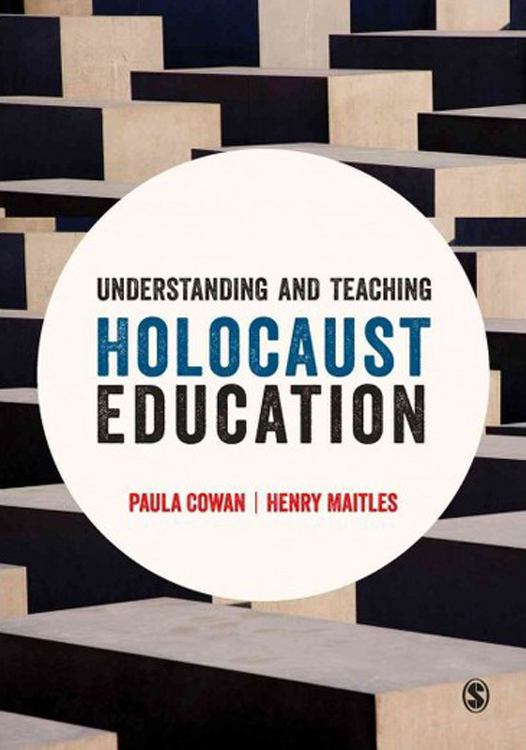
Understanding and Teaching Holocaust Education
Understanding and Teaching Holocaust Education
By Paula Cowan & Henry Maitles
Sage, 2017
The Holocaust is a controversial and difficult teaching topic that needs to be approached sensitively and with an awareness of the complex and emotive issues involved. This book offers pragmatic pedagogical and classroom-based guidance for teachers and trainee teachers on how to intelligently teach holocaust education in a meaningful and age-appropriate way.
Key coverage includes:
- Practical approaches and useful resources for teaching in schools
- Holocaust education and citizenship
- Holocaust remembrance as an educational opportunity
- How to explore the topic of anti-semitism in the classroom
- Exploring international perspectives on holocaust education
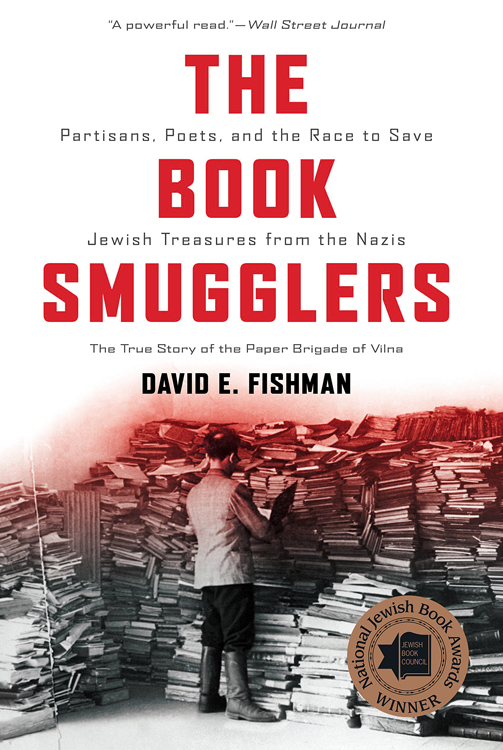
The Book Smugglers: Partisans, Poets, and the Race to Save Jewish Treasures from the Nazis
The Book Smugglers: Partisans, Poets, and the Race to Save Jewish Treasures from the Nazis
By David E. Fishman
ForeEdge, 2017
This is the nearly unbelievable story of ghetto residents who rescued thousands of rare books and manuscripts—first from the Nazis and then from the Soviets—by hiding them on their bodies, burying them in bunkers, and smuggling them across borders. It is a tale of heroism and resistance, of friendship and romance, and of unwavering devotion—including the readiness to risk one’s life—to literature and art. And it is entirely true. Based on Jewish, German, and Soviet documents, including diaries, letters, memoirs, and the author’s interviews with several of the story’s participants, The Book Smugglers chronicles the daring activities of a group of poets turned partisans and scholars turned smugglers in Vilna, “The Jerusalem of Lithuania.”
With the Soviet “liberation” of Vilna (now known as Vilnius), the Paper Brigade thought themselves and their precious cultural treasures saved—only to learn that their new masters were no more welcoming toward Jewish culture than the old, and the books must now be smuggled out of the USSR.
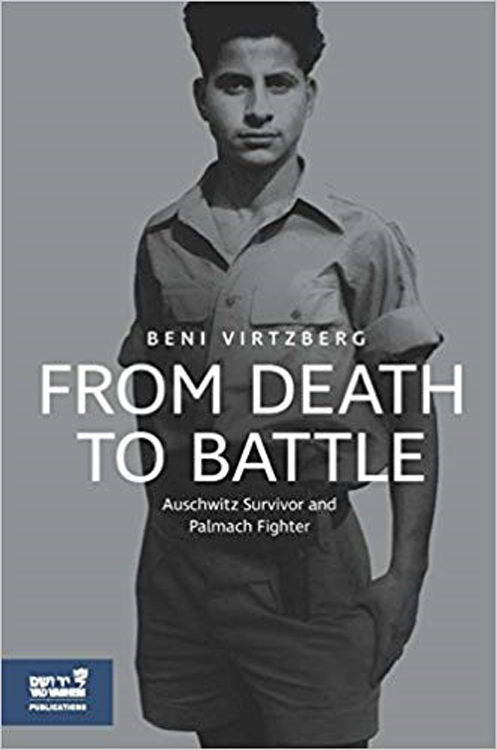
From Death to Battle: Auschwitz Survivor and Palmach Fighter
From Death to Battle: Auschwitz Survivor and Palmach Fighter
By Beni Virtzberg
Yad Vashem 2018
When Beni Virtzberg was 9 years old, Kristallnacht destroyed his carefree childhood in his home town of Hamburg. Along with his parents, he was transported to Sosnowiec. Nazi Germany invaded Poland and the family shared the fate of many other Jews: internment in a ghetto, followed by deportation to Auschwitz. Beni's mother was murdered upon arrival. The young boy bravely fought to save his father's life, but he ultimately lost him as well. Beni's own fight for survival led him from Auschwitz, where he was forced to assist Joseph Mengele, to the death marches and to the notorious camps of Mauthausen and Melk. Upon liberation, Beni immigrated to Eretz Israel, joined the Palmach, and fought in some of the fiercest battles during Israel's War of Independence. During the Eichmann Trial, Beni decided to bear witness by writing his painful memoirs. The work on the book and the constant reminders of his agonizing past and losses took a great toll on him. On August 4, 1968, Beni Virtzberg took his own life.
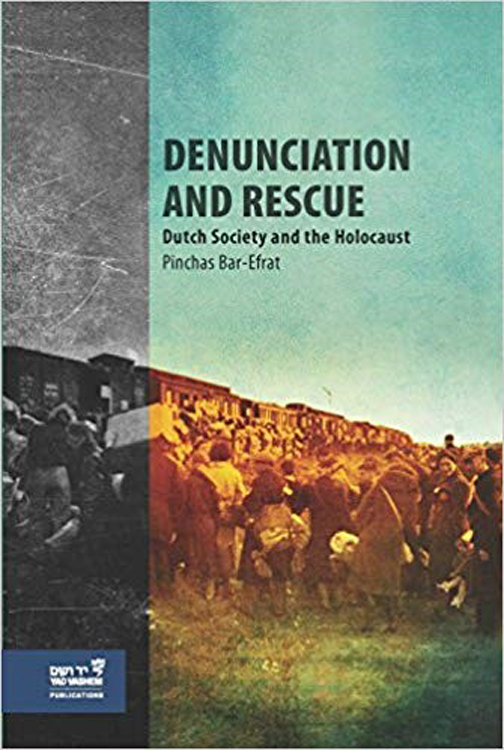
Denunciation and Rescue
Denunciation and Rescue
By Pinchas Bar Efrat
Yad Vashem 2017
Denunciation and Rescue examines the attitude of the Dutch authorities toward the Jews during the Nazi occupation, and particularly that of the directors of the various government ministries, as well as of the ministers of the government-in-exile in London, and of Dutch society in general. Pinchas Bar-Efrat probed thousands of files of postwar trials of war criminals in the Netherlands and found that the punishments imposed on those who denounced and betrayed Jews were often relatively lenient given the severity of their crimes and the tragic results. The author discusses the modus operandi of these war criminals and their motives for denouncing Jews—primarily greed, but also envy and strained relations between the families concealing the Jews and the Jews in hiding, among others. The book thoroughly examines the role and activities of the Dutch police, which played a central part in the arrest and deportation of the Dutch Jews to the death camps. It also highlights, in contrast, the important actions of the Dutch resistance and the Dutch individuals who concealed Jews, assisted them in obtaining false papers, or provided them with ration cards and money. In spite of the scarcity of information on the subject, the author manages to identify the motives of the rescuers, who endangered their lives and the lives of their families to hide and rescue the persecuted Jews.
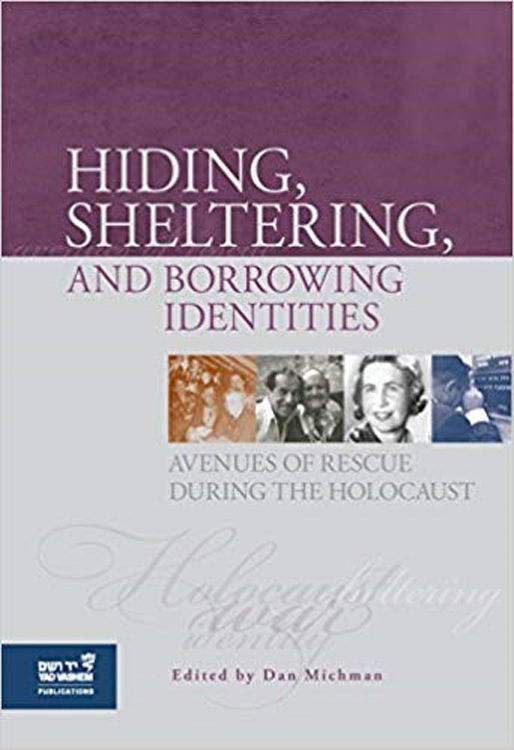
Hiding, Sheltering and Borrowing Identities: Avenues of Rescue During the Holocaust.
Hiding, Sheltering and Borrowing Identities: Avenues of Rescue During the Holocaust.
By Dan Michman (Editor)
Yad Vashem 2018
During the immediate aftermath of the Holocaust, the focus of research was directed at the actions of the murderers and at resistance. That situation changed gradually during the 1960s and 1970s. The rescue of Jews, a major aspect of Holocaust history, started to attract the attention of scholars. Still, the focus was mostly on governments and organizations. The initiation of Yad Vashem's recognition program for the Righteous Among the Nations also drew public attention to the acts of individual rescuers in areas under Nazi control. Over the course of the last three decades, important studies have been published that investigated the rescuers and their acts. Yet even today, many aspects of the rescue activities require further research. Moreover, the aspect of Jewish initiatives and individual experiences deserves more attention. Yad Vashem's eighteenth biannual conference, titled ''Hiding, Sheltering and Borrowing Identities as Avenues of Rescue during the Holocaust,'' brought together a large number of international scholars to discuss new approaches and the current state of research on the topic. This volume, based on a selection of papers that were presented at the conference, aims to provide an overview of the multi-faceted landscape of academic studies on the rescuers and the rescued.
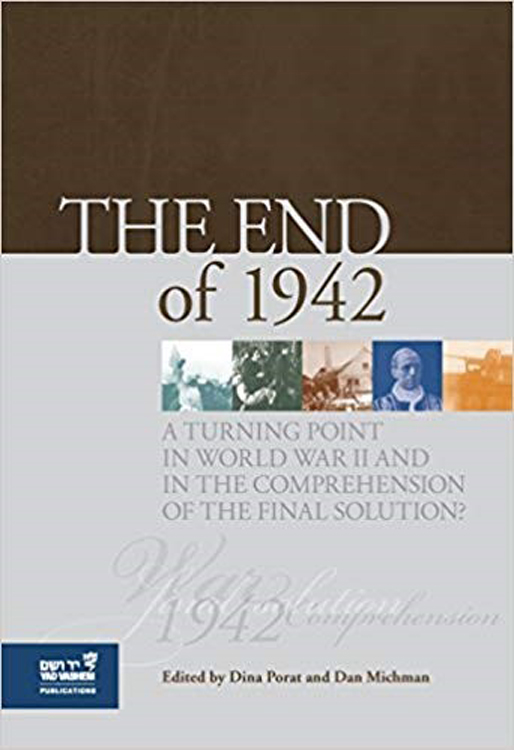
The End of 1942: A Turning Point in World War II and in the Comprehension of the Final Solution?
The End of 1942: A Turning Point in World War II and in the Comprehension of the Final Solution?
By Dina Porat and Dan Michman (Ed.)
Yad vashem, 2018
During the second half of 1942, several events signaled a shift on the fronts of World War II. The failed German summer offensive on the Eastern Front led to the encirclement of the Sixth Army in Stalingrad. In Northern Africa, Operation Torch marked the prelude to the defeat of the German Africa Corps. Since 1941, information had begun to trickle out about the German mass murder program in the occupied territories. The first counteroffensives of the Red Army had led to an initial understanding of the scope of the killings, but additional, reliable sources like the Riegner Telegram provided important details and indicated the shift to the industrial extermination of the Final Solution. As a result, the Allies and Jewish organizations published their first official statements that addressed the German murder operations. The Allies' position and their response to the growing evidence of genocidal action remains a matter of debate among historians. Could the leaders of the Allied nations have understood the magnitude of the Final Solution sooner? Were they in a situation that would have allowed them to invest more resources to rescue its Jewish victims? Yad Vashem's nineteenth biannual international conference gathered scholars from fifteen countries to discuss these questions from a wide variety of angles. This volume, edited by senior historians Dina Porat and Dan Michman, includes selected articles by contributing researchers with the aim to provide new insights and answers into the developments that unfolded during that critical phase of the war.
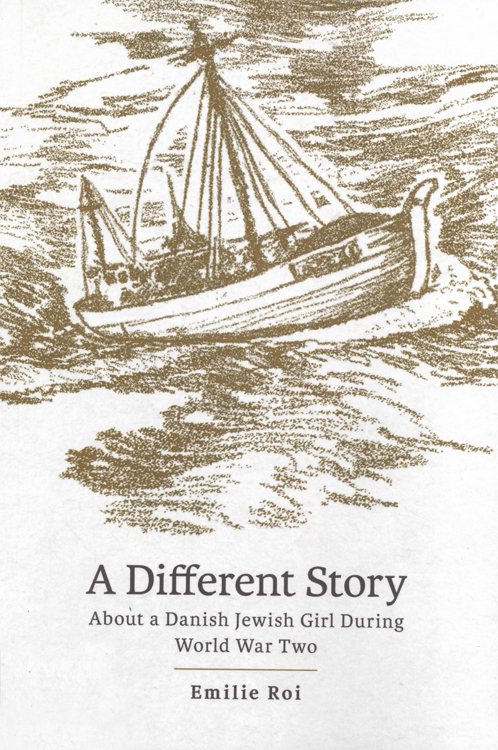
A Different story
A DIFFERENT STORY
About a Danish Girl in World War Two
By Emilie Roi
Yad Vashem, 2017
A story for children. Little Maya was different from her neighbors. Not only were her eyes different – brown instead of blue – but her family was different too, being the only Jewish family in the area.
Denmark too was different: most of its Jews were saved by the underground that with the help of Danish
fishermen moved thousands of Jews to safety in neutral Sweden.






